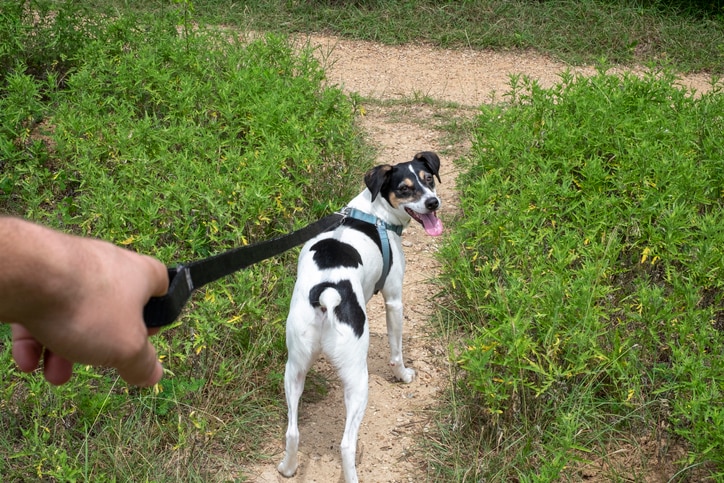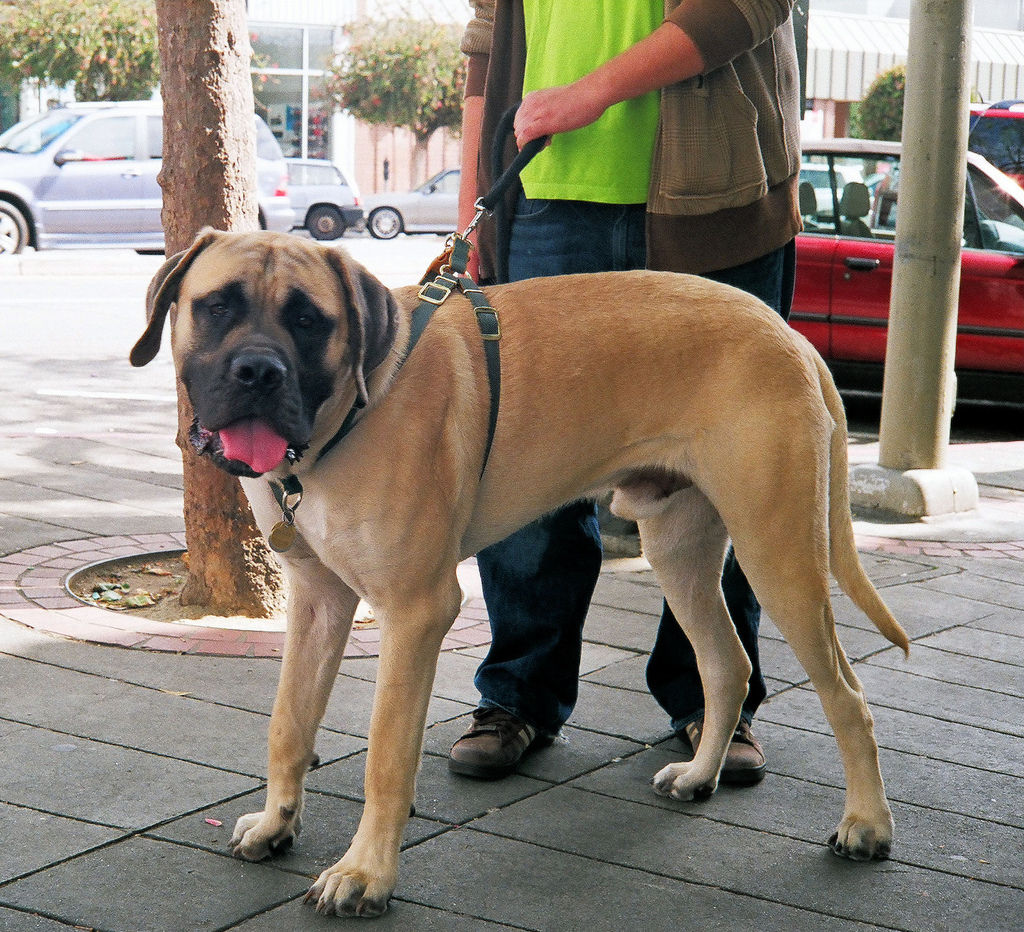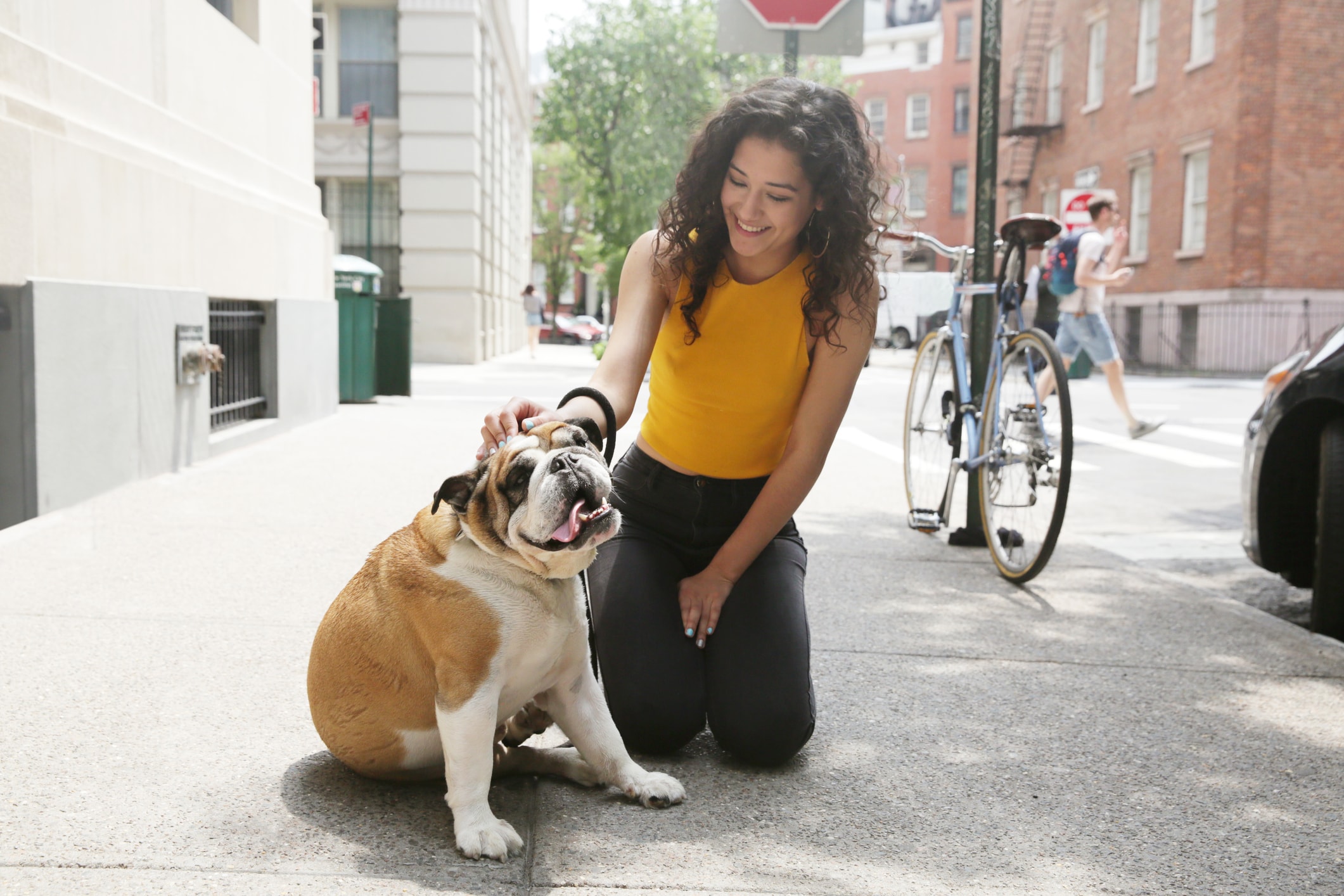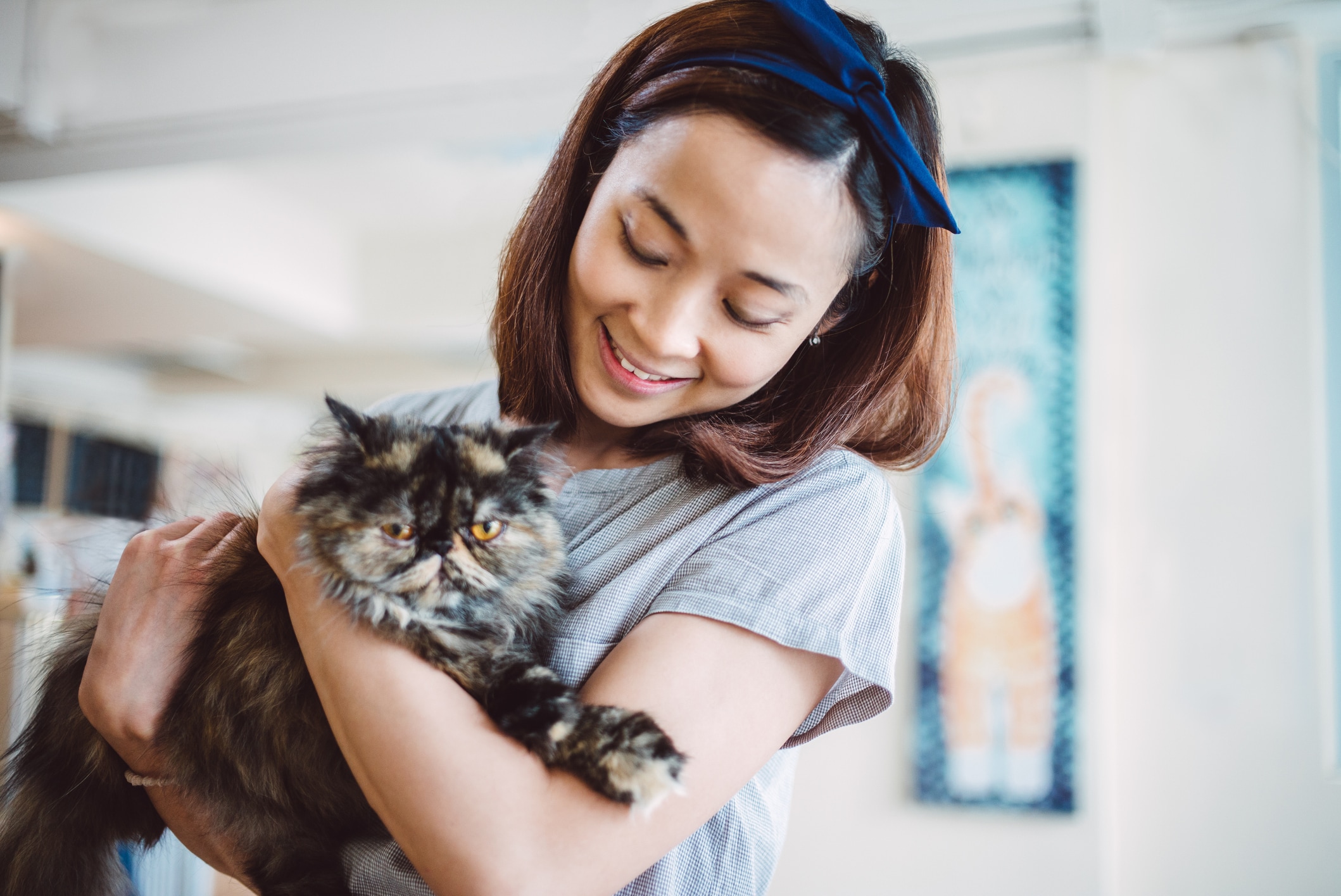A well-trained dog is a joy to be around, but a barking, jumping, chewing pet is more of a nightmare. Luckily there is help out there to train your dog into a shining example of great canine behavior.
These 15 dog training tips, gleaned from expert trainers with years of education and experience in animal behavior, will help you and your pup live a happy, well-behaved life:
- Take a Class
Dog training is as much about training people as it is about the dogs. “We do see owners who think they are doing the right thing, or they don’t realize they are doing the wrong thing,” says Dr. Pamela Reid, a certified applied animal behaviorist and vice president of the American Society for the Prevention of Cruelty to Animals (ASPCA) anti-cruelty behavior team. If obedience class isn’t for you, the ASPCA has a wealth of dog training tips.
- Reward, Don’t Intimidate
“It may seem faster to be punitive and get rid of bad behavior, but that doesn’t help the dog know how to behave in the future and has lots of potentially harmful side effects,” says Jonathan Klein, a certified behavior consultant and professional dog trainer. Rewarding good behavior encourages more of it. Learn more about Klein’s method of positive training in this video.
- Think Safety First
If your dog gets off his leash, it won’t matter if he can shake or roll over if he runs into the street. Teach “wait” or “stay” first.
- Spring for the Good Treats
Here’s an important dog training tip: A special treat your dog only gets while training can get even the most distracted pooch on task.
- Watch Your (Body) Language
Dogs communicate through body language even more than humans do. “Think of it as having a conversation with the dog,” says Klein. “Stop and think: what is the dog telling you and what are your actions telling the dog?”
- Start Slowly
Klein says one of the biggest mistakes dog owners make is thinking your dog knows more than it does. Start from scratch and then build on previous lessons.
- Teach an Old Dog New Tricks
No matter how the old saying goes, it can be done. “By the time you have an older dog, they have already learned stuff — just maybe not be the stuff you want them to learn,” says Dr. Reid. Establishing trust is the best way for them to unlearn bad habits.
- Be Patient
You didn’t learn proper behavior in a week, and your dog won’t either — but you should still be seeing progress each lesson. If the dog isn’t getting it, he says, lower the degree of difficulty by making the environment less distracting or the exercise easier.
- Stay Close to Home
Dr. Reid says the only programs she does not recommend are those where you send the dog away for a period of time. “Training is an opportunity to develop a bond between an owner and their dog,” says Dr. Reid. The closer the bond, the more training success.
- Don’t Abuse Treats
It’s a common mistake to over-rely on a reward, Dr. Reid says. Instead, start transitioning the dog to performing the command without treats or their favorite toy.
- Know When to Get Help
If a dog is aggressive, professional help will identify the roots of behavior and get them on the right track.
- Have Fun!
You and your dog should be looking forward to training sessions. “I like [owners] to have the dogs doing a lot of things simultaneously, so the dog doesn’t get bored,” Dr. Reid says. Don’t be afraid to mix things up to keep you both engaged.
- Don’t Stop
Once your dog has mastered the basics and a few fun tricks, keep going! “The repertoire of skills can be continually built upon,” says Dr. Reid.
- Be Consistent
If you use “off” and your partner uses “down” to coax your pup off the couch, it’s going to be confused and so will you. Figure out short, direct commands and make sure everyone in the family uses them for the same thing.
- Treat This as Bonding Time
Dr. Reid calls training an enhancement of the relationship between an owner and a dog. Not only do you and your dog get to spend more time together as you train, but as his behavior improves, you may find that your well-mannered pooch is able to sit quietly nearby at dinner or calmly keep you company on a jog.
Brining in a new family member? Learn about House Training a Puppy!
Amy Kuras is an experienced journalist and pet person who lives in Detroit with her husband, two children and three pets (including one obstinate beagle).





